Drinking Fountains, Bottle Fillers & Water Dispensers
Drinking fountains, bottle fillers, and water dispensers provide drinking water in work areas and public facilities. Drinking fountains and bottle fillers are freestanding or installed on- or in-wall for indoor and outdoor use. Water coolers and dispensers provide cold or hot water. Retrofit kits co .....Read More
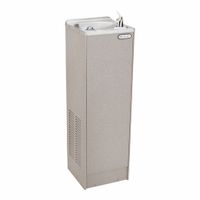
Freestanding Drinking Fountains & Bottle Fillers
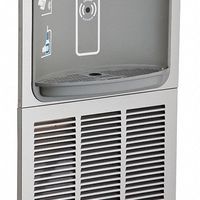
In-Wall Drinking Fountains & Bottle Fillers
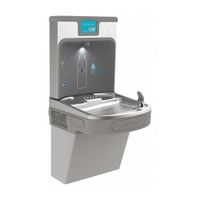
On-Wall Drinking Fountains & Bottle Fillers
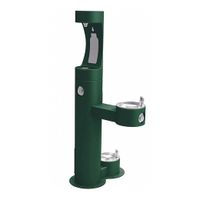
Outdoor Drinking Fountains & Bottle Fillers
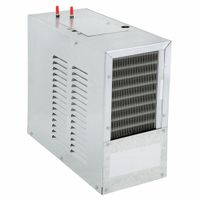
Remote Water Chillers
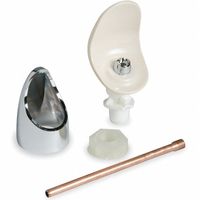
Replacement Parts for Drinking Fountains & Bottle Fillers
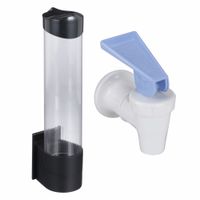
Replacement Parts for Water Coolers & Dispensers
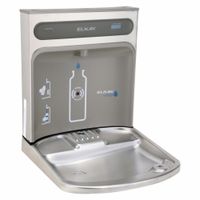
Retrofit Kits for Drinking Fountains
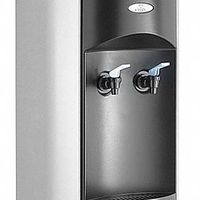
Water Coolers & Dispensers
Frequently Asked Questions
What are the benefits of installing a bottle filler on a drinking fountain?
How do sensor-activated drinking fountains work?
What maintenance is required for drinking fountains and bottle fillers?
How do retrofit kits convert drinking fountains to sensor activation?
What are the differences between indoor and outdoor drinking fountains?
How do water chillers work with drinking fountains and dispensers?
What are the best materials for durable drinking fountains?
How do you clean and sanitize a water dispenser?
What are the energy efficiency considerations for water coolers?
How do you troubleshoot common issues with drinking fountains and bottle fillers?